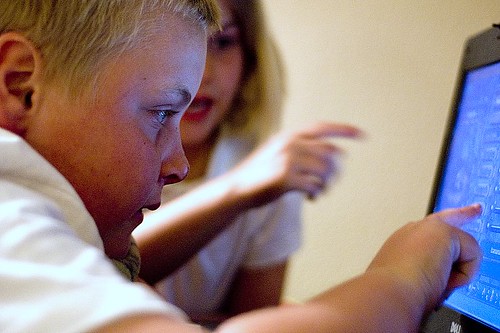Podcasts can be an extremely useful
tool in the language classroom. A podcast is an audio or visual program
that allows information to be shared on the internet, and listened to (or
viewed) on the listener’s (or viewer’s) schedule. They are almost like
different radio or TV programs and you can find podcasts on almost any topic.
Podcasts could be used in the classroom to expose students to technology,
new information and new points of view and to create more engaging activities.
After browsing through a variety of
podcasts online, I found the site, ESLpod.
This site contains podcasts on a wide variety of topics in various
categories for English language learners.
Some of the categories include Daily Life, Business, Travel,
Relationships, English Café, and more. Each
podcast contains a dialogue or narrative, after which there is an explanation
of some of the vocabulary, expressions, grammar, as well as the cultural
context of the topic. There is also a transcript
of the dialogue at the website. For a
small fee, you can also access a 10 page written guide to using the podcast in
the classroom. For example, one of the podcasts I listened to, titled “Donating to a Thrift Store,” was from the Daily Life category. This podcast contains lots of household
vocabulary and exposes students to the cultural phenomenon of thrift stores and
their place in American society. The
people in the podcast speak extremely clearly and provide interesting and
detailed explanations of what is being heard.
I also think the expressions in the podcast were interesting and
relevant. This podcast included things
like “sitting around,” “sentimental value,” “put aside,” “tax deduction,” “win-win,”
and more. It is great for students to be
able to hear these expressions in a more authentic context.
All in all, I think that podcasts
have enormous potential for creating learning experiences for students. They can be tailored to the students’ levels
and interests, and I think that using podcasts in activities can encourage and
motivate students through the use of technology as well. Another great resource for the language classroom!





